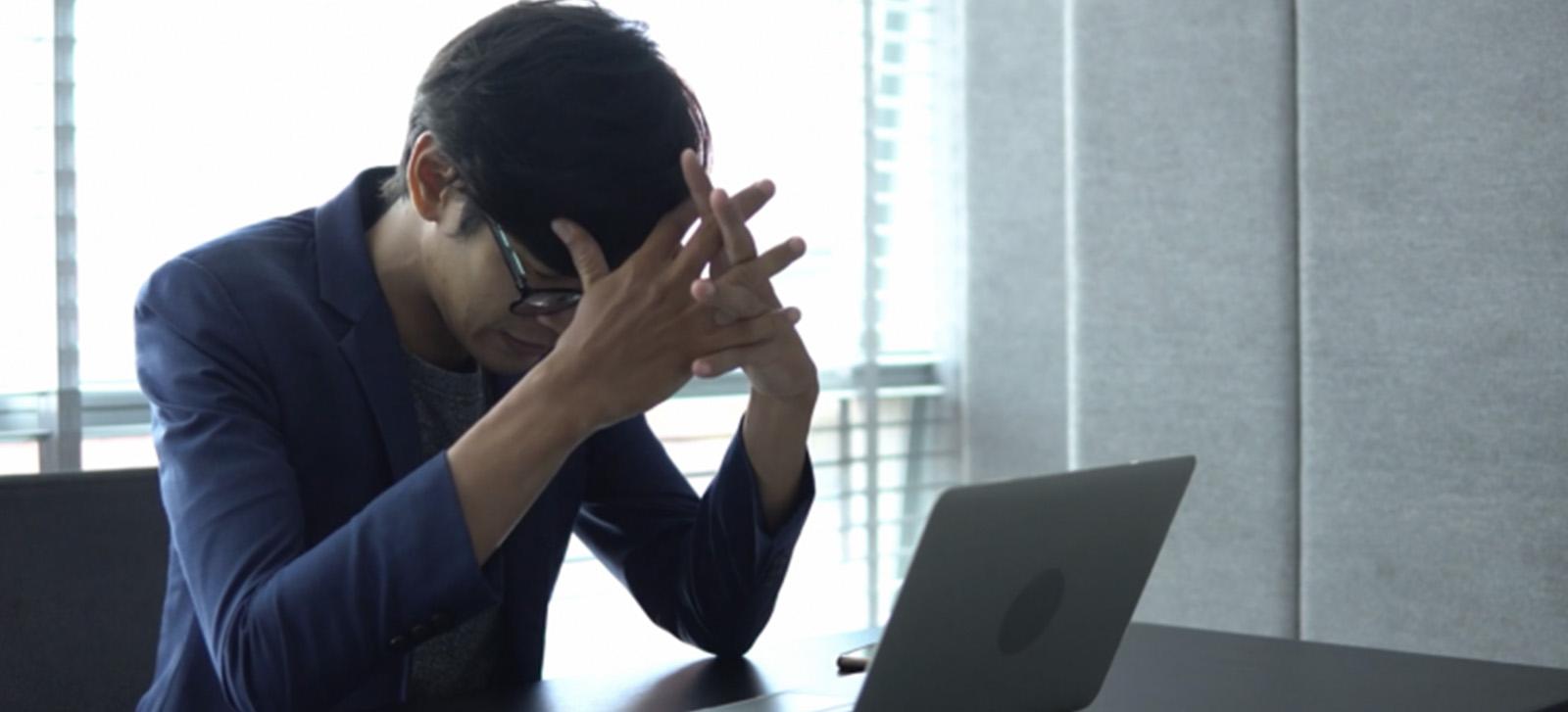
A Tale Of Two Investors: How DIY Investors Are Reacting To COVID-19
ARTICLE BY
David MacDonald
When it comes to investing, two people with similar levels of financial skill can perceive the same landscape, but make dramatically different choices. The difference lies not in their smarts or information, but in their values.
Take Martin, for example. After the most stressful weeks of his life, on March 13th Martin was in knots, holding his finger above the mouse button. Since coming to Canada with his family 23 years ago, he had managed the family’s investments. The last month had been the scariest period. After peaking in early February, markets slid down and down. Spotting a brief rally on March 13th, Martin finally hit the sell order. He was done. His next challenge: shamefully breaking the bad news to his wife that he had just seen $153,543 of the family’s wealth evaporate.
Across town, Erika was convinced that this was her time. Since early 2017, reading frequently that markets were overvalued, she had been leaving all her RRSP and TFSA contributions on the sidelines. By early 2020, she was half in cash. She sat out smaller dips in 2018 and 2019, keeping her powder dry for the big one. As the world began to panic about this new pandemic, Erika got ready. The fastest rout in history, the S&P 500 fell to 2480 on March 12th, almost 27 percent off its February peak. On the morning of the 13th, she moved her entire cash position into the market, confident that she would be greatly rewarded in the coming years.
The stories of Martin and Erika are composites based on decades of investor-focused Social Values measurement, including very recent data collected by Environics this spring (late March to early April), following the closure of non-essential businesses across the country.
We wanted to see how Canadians were feeling about the economic side of this devastating health crisis, and what actions they had taken as investors. Overall, we found that just four percent said they sold investments out of fear of further declines. Twice as many, eight percent, said they bought investments to take advantage of lower market valuations. Most investors sat tight.
Our past research has found that self-directed investors who rely exclusively on online brokerages are more likely to be university/post-grads, work in professional positions and have higher household incomes. Although they’re slightly younger than the average investor, their portfolios are a bit larger. They tend to be confident in their understanding of investing, and report much higher risk tolerances than others. As a result, compared to other investors, they favour equities over fixed income, and are more likely than others to use ETFs and individual securities. They’re similar to other Canadians in their use of mutual funds.
These investors also have distinct social values: the deep mindsets and motivations that drive their choices. Compared to all Canadians, those using online brokerages have a great need for Personal Control (italicized terms indicate specific, measurable values constructs) and tremendous energy to achieve their goals. They score high on Saving on Principle, which has let them amass wealth faster than their peers. With strong Enthusiasm for Technology, they are comfortable with online platforms and searching through complex data sheets looking for investment opportunities. One of their strongest values is Emotional Control: they seek to master their emotions, and pursue their goals without doubt or distraction – most of the time.
When we examine the values of the sub-groups of DIY investors who either bought or sold during the recent downturn, however, we find some notable differences
When we examine the values of the subgroups of DIY investors who either bought or sold during the recent downturn, however, we find some notable differences. Investors like Martin, who sold investments during the COVID-19 crisis, are older and believe in traditional values like Duty, Primacy of the Family and Legacy – wanting to pass on their wealth when they eventually die. They also score higher on Financial Insecurity, worrying that they will not have enough to retire on in the future.
Investors like Erika, who bought investments during the crisis, are more likely to be Millennials, with a much longer investment horizon. Their values show tremendous Personal Optimism; they expect their futures will be bright. They are also confident in their ability to solve complex problems (Adaptive Navigation) and are far more willing to take greater risks to achieve their goals. As a result, they have very strong Financial Security and few concerns
While both Martin and Erika thought they were acting rationally, we can make a strong argument that neither was doing so. Investors like Martin are likely carrying far too much risk in their portfolios, inappropriate for their later life stages. By losing their nerve and selling in a down market, they have permanently locked in losses. But Erika also tripped up, missing all the compound gains and reinvested dividends since 2017. Her re-entry point was higher than where the S&P 500 was when she decided to sit in cash.
What is common to investors like Erika and Martin is that neither has a support system. Some DIY investors dismiss the value advisors can bring, figuring, “I’m smart and think I can do better without paying additional fees.” That may well be true, but in surveys and focus groups, advisors routinely tell us that a key role they play is an emotional one. They help clients stick to their plan and avoid impulsive moves. They make sure clients have a portfolio that matches their need, willingness and ability to take risks. A few advisors we have spoken with over the last several weeks have said that, while many of their clients asked them if they should get out, they were able to convince almost all to stay the course.
Successful DIY investors are those who are able to play this “sober second thought” role for themselves. They start with the plan first, developing a written Investment Policy Statement that they research and develop using their platform’s investor education and planning tools. They have specific investment goals, use tax-advantaged accounts and set up an asset allocation plan for the appropriate time horizon. A good plan includes assumptions for a reasonable rate of return, and allows for once-a-decade shocks like the present one. These DIYers select investments that will achieve those goals, setting clear entry and exit rules that they can abide by. This way, they keep themselves from changing strategies as soon as they hit a rough patch. As more than one advisor has quipped in focus groups, “A portfolio is like a bar of soap: the more you touch it, the smaller it gets.” DIY investors with a clear plan have remained invested all the way through.
A week after Martin and Erika made their big moves, the S&P 500 sank a further 15 percent from March 13th. Martin breathed a sigh of relief, feeling he had protected his family by selling. Erika kicked herself for buying in too early. But the right move for both of them on March 13th was the same: curl up with a good book and let your plan, developed in calmer times, do the work it was designed to do.
Find out how Environics can help your organization
Related insights



Toronto
366 Adelaide Street West
Suite 101, Toronto, ON
Canada M5V 1R9
416 920 9010
Ottawa
116 Albert St
Suite 300, Ottawa, ON
Canada K1P 5G3
613 230 5089
Calgary
421 7th Ave SW
Suite 3000, Calgary, AB
Canada T2P 4K9
403 613 5735
